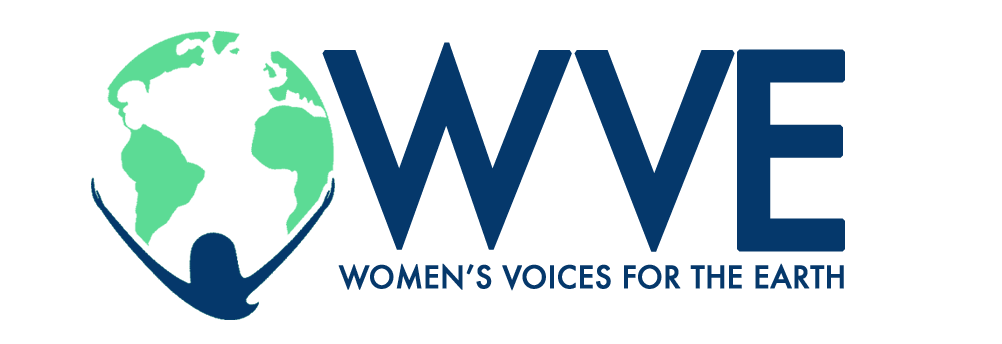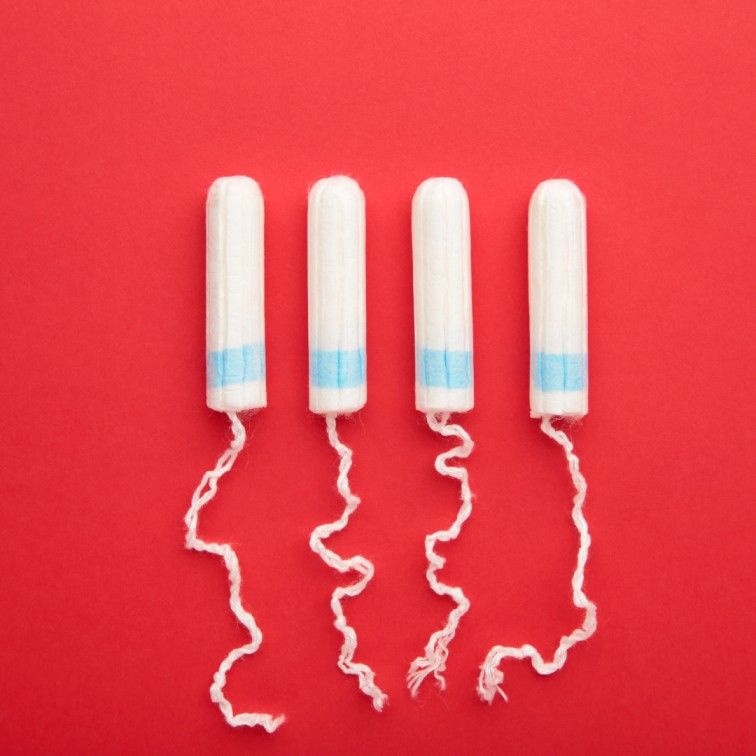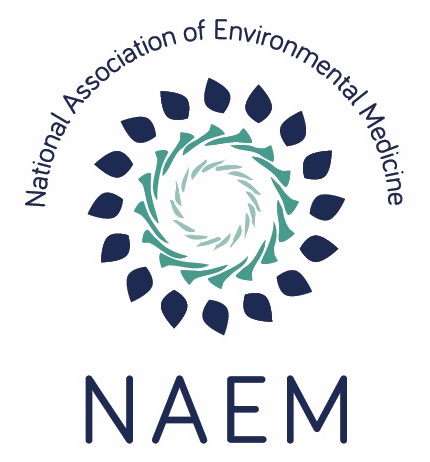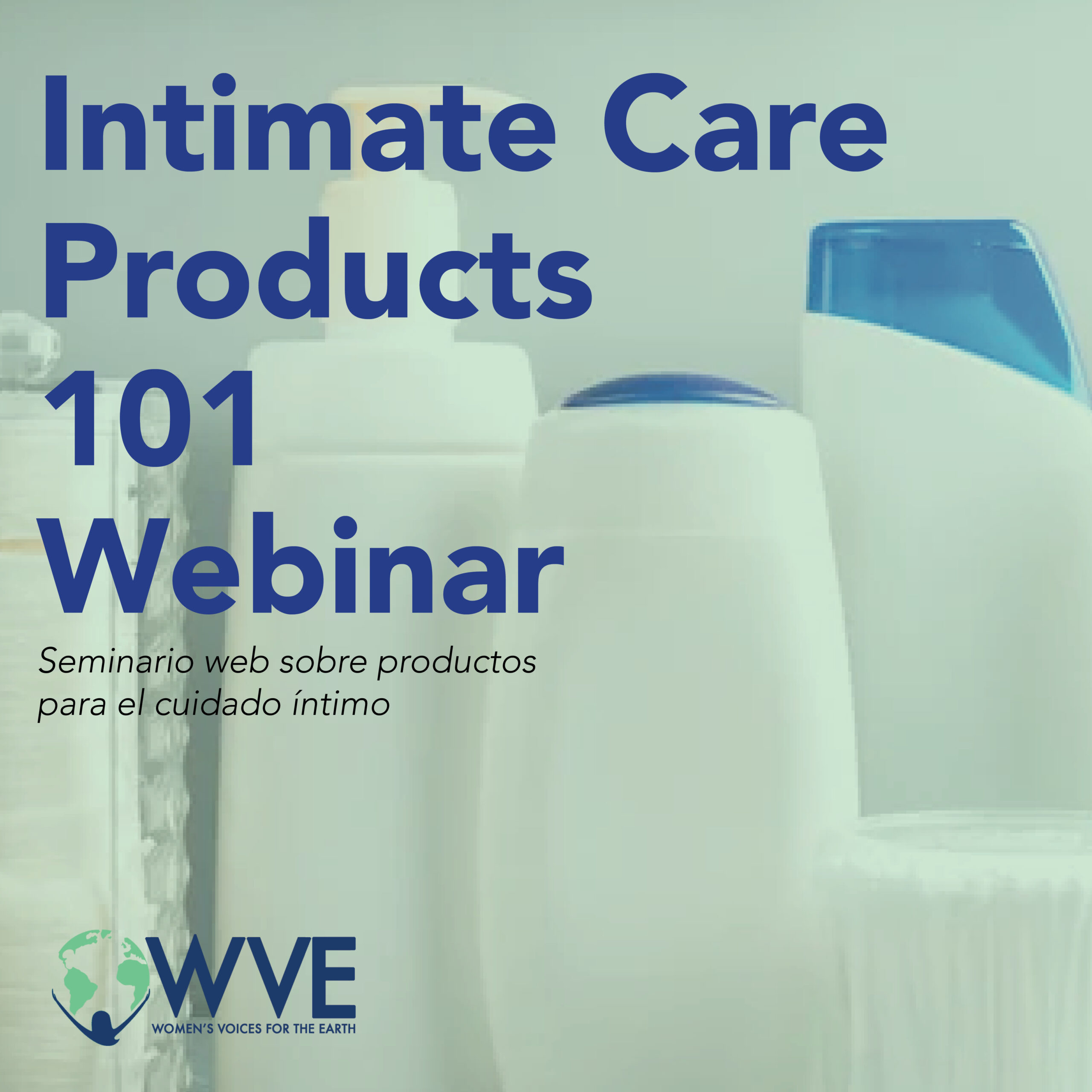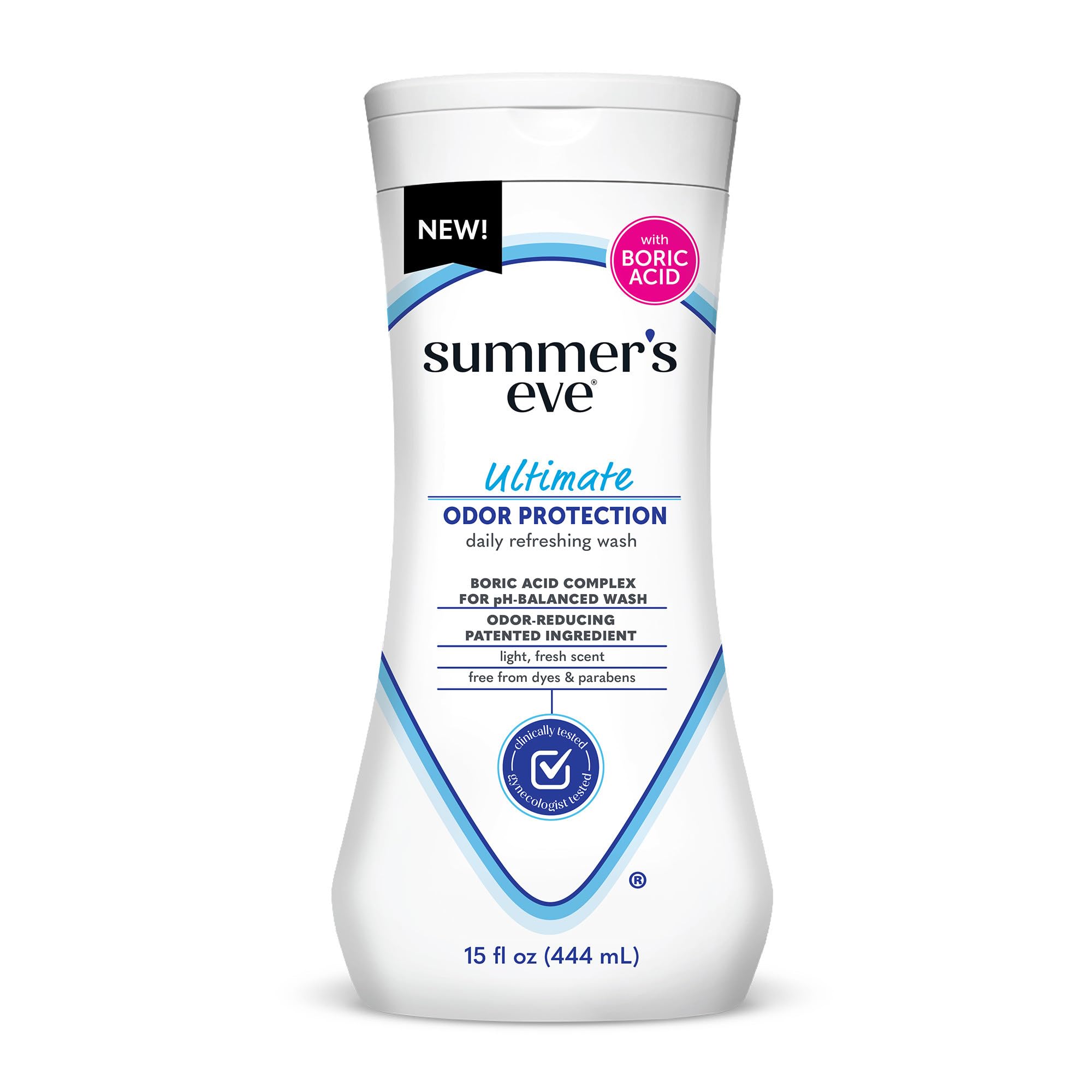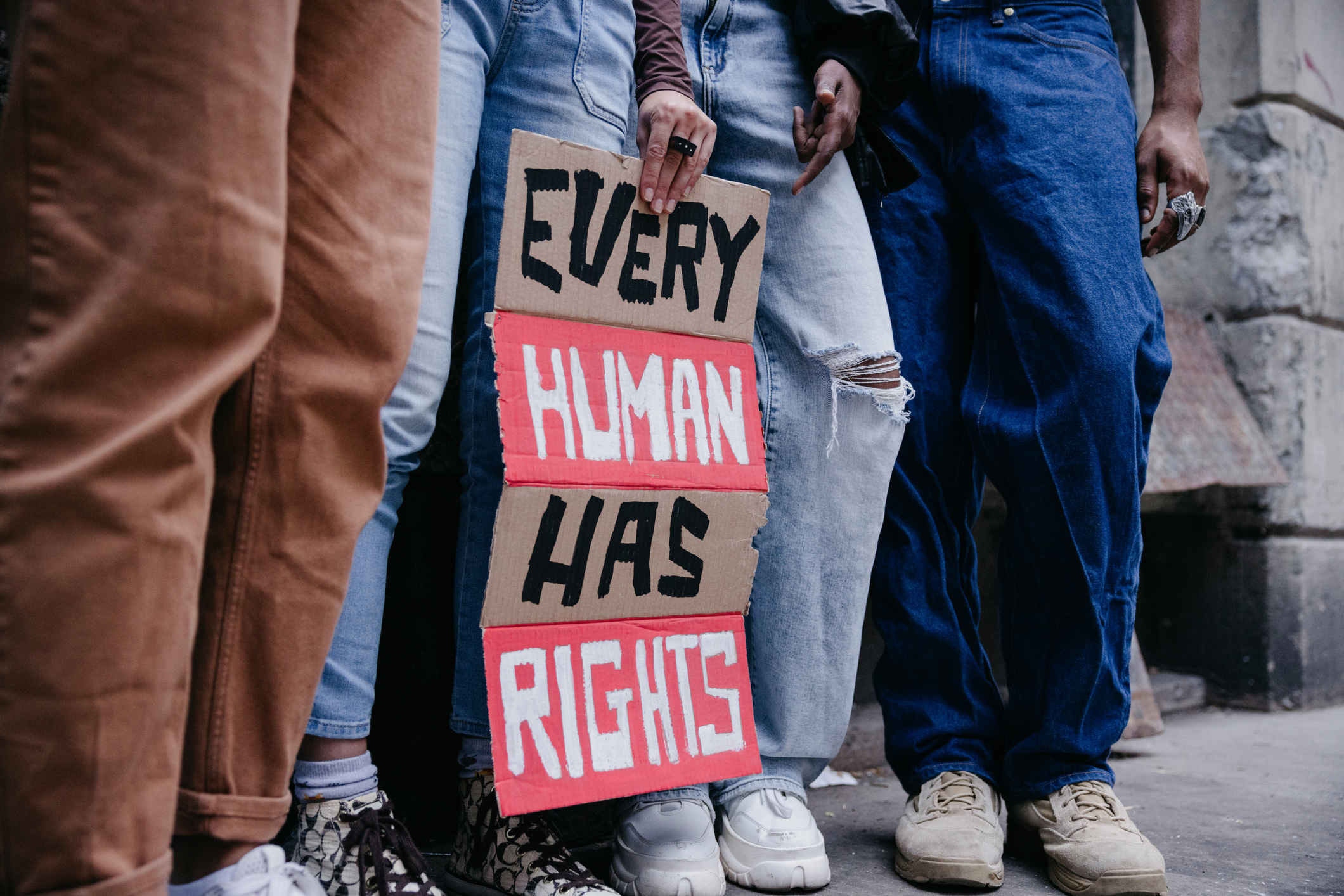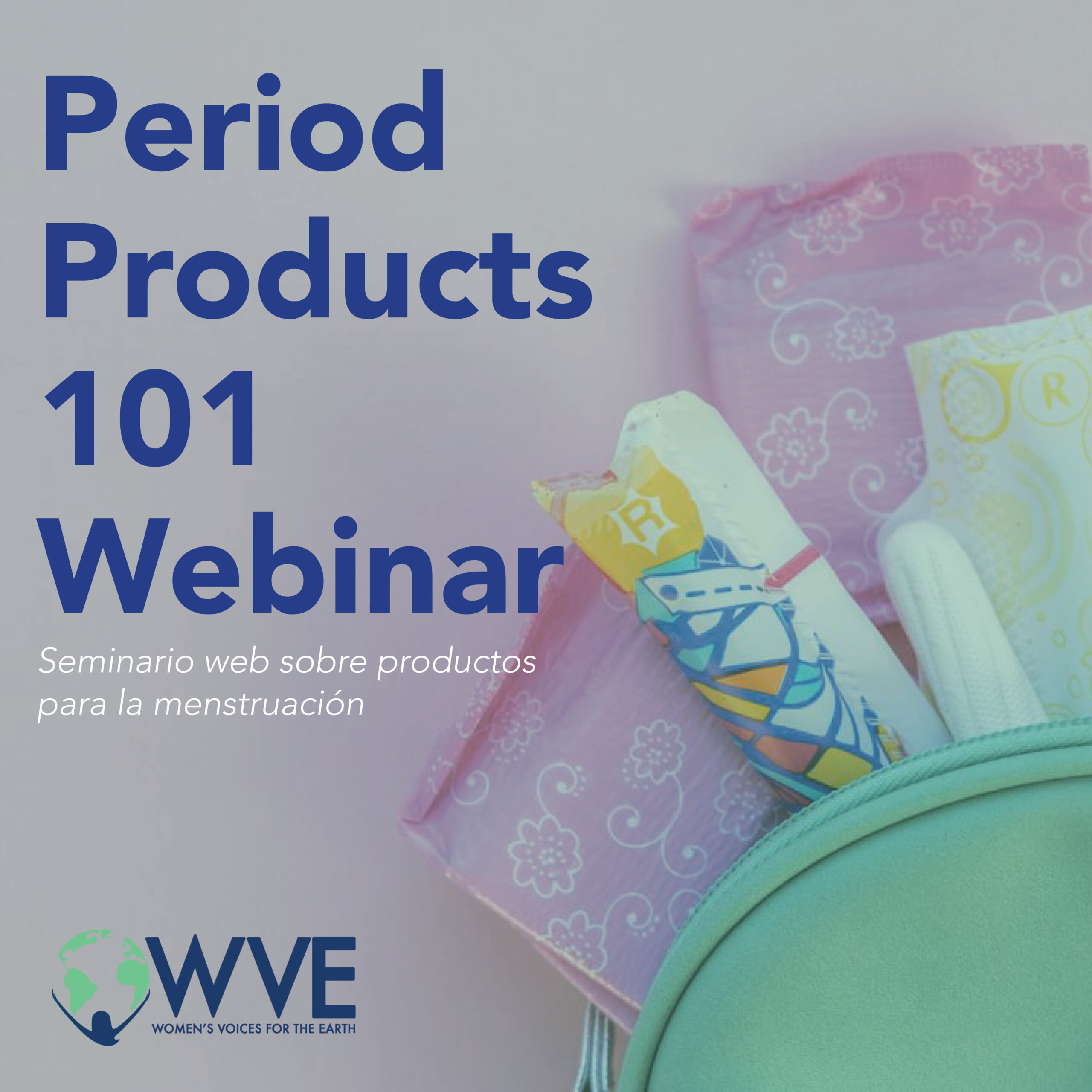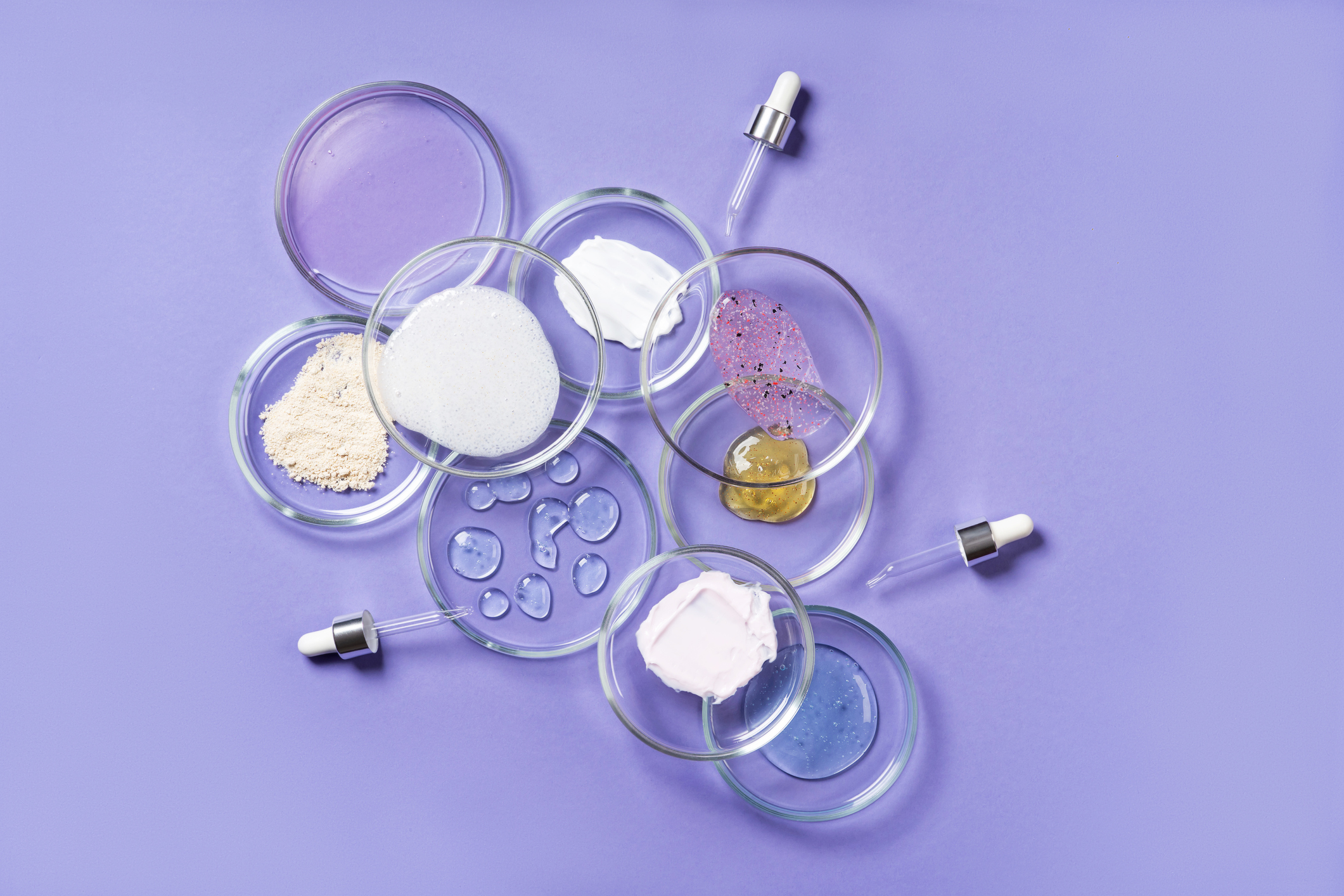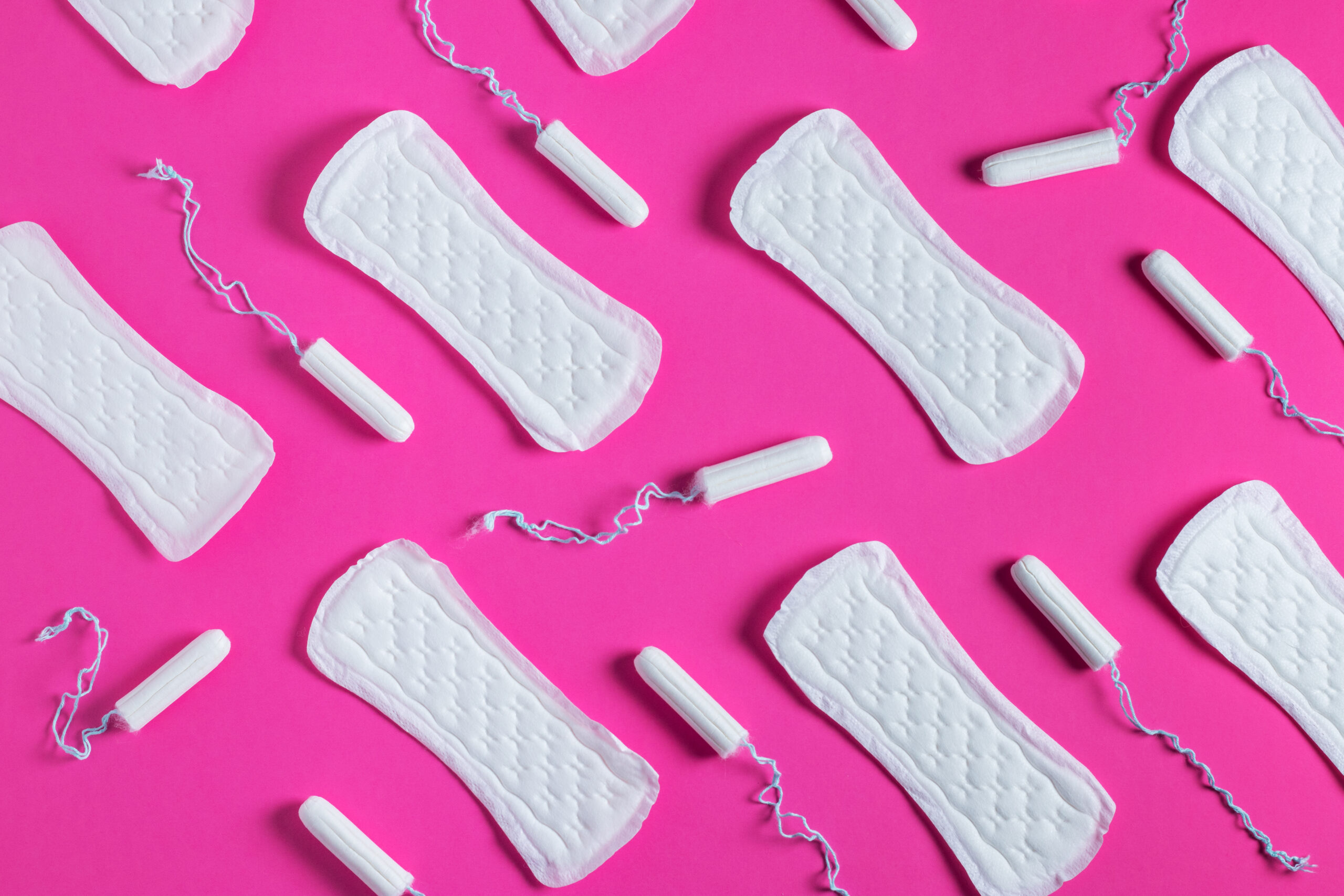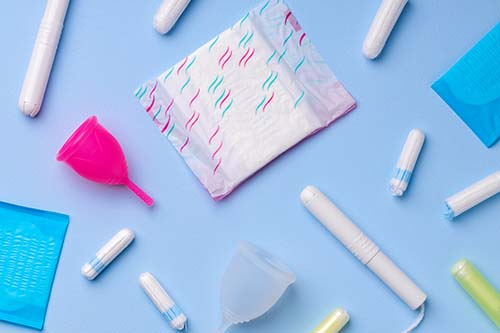New chemical testing study finds toxic heavy metals in tampons
Alex Scranton Director of Science & Research at WVE New chemical testing study finds toxic heavy metals in tampons Odd as it may sound, we were... Read More
Legislative Updates Worth Celebrating!
Debra Erenberg Interim Co-Director at WVE Legislative Updates Worth Celebrating! As we move into the summer months, many state legislatures have wrapped up their work... Read More
New Partnership with the National Association of Environmental Medicine
Women’s Voices for the Earth is excited to enter a new partnership with the National Association of Environmental Medicine (NAEM). NAEM serves as a resource... Read More
Intimate Care Products 90-min Webinar
✨ We want to give a special thanks to everyone who joined us yesterday for our second webinar! During the “Intimate Care Products 101” 90-min... Read More
TAKE ACTION: Tell Summer’s Eve that Toxic Chemicals and Body Shaming Are NEVER OK!
Summer’s Eve is marketed to make people feel vaginas are dirty, smelly and in need of cleansing. But their idea of “clean” involves a splash of... Read More
Defending Human Rights at the Intersection of Toxics and Gender Equity
Debra Erenberg Interim Co-Director at WVE Defending Human Rights at the Intersection of Toxics and Gender Equity You probably know that Women’s Voices for the... Read More
Period Product 101: 90-min Webinar
✨ We want to give a special thanks to everyone who joined us yesterday for our first webinar of the year! In the first FREE... Read More
Cosmetic Ingredient Review (CIR) 2023 Comments
Alex Scranton Director of Science & Research at WVE Cosmetic Ingredient Review (CIR) 2023 Comments For many years, WVE has played the role of watchdog to... Read More
TAKE ACTION: Safer Menstrual and Intimate Care Products!
This bill requires the research we need to continue to do our important work on menstrual and intimate care issues. Will you raise your voice... Read More
ANNOUNCEMENT: WVE Publishes First-Ever Peer-Reviewed Article!
ANNOUNCEMENT: WVE Publishes First-Ever Peer-Reviewed Article! We are so excited to announce our first-ever published peer-reviewed article! In collaboration with researchers from George Mason School... Read More
